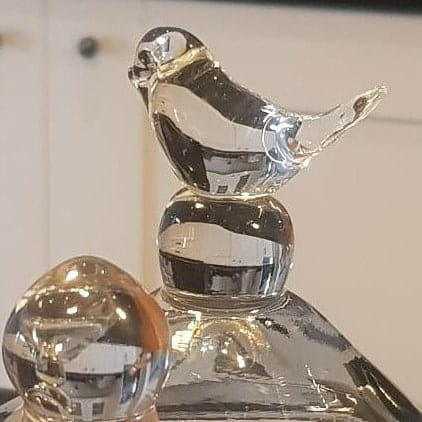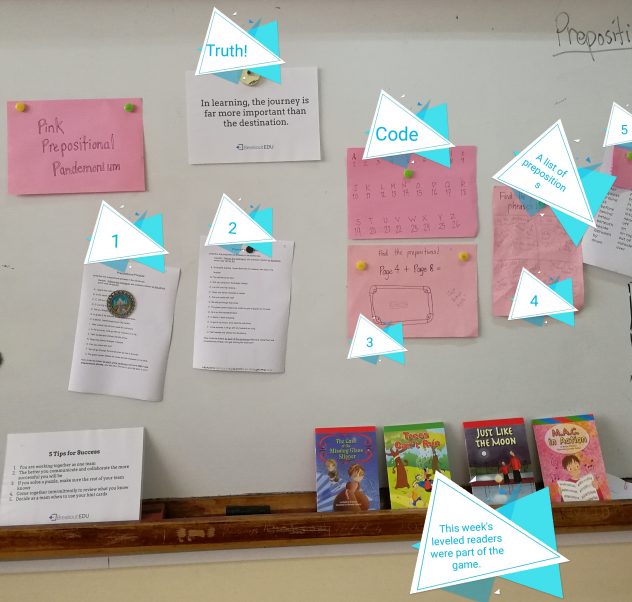Larry Ferlazzo has created several posts with ideas for online learning when schools have to be closed because of the Coronavirus outbreak. Visit his latest post: “ONLINE LEARNING TOOLS IF SCHOOLS ARE CLOSED BECAUSE OF THE CORONAVIRUS – PART FOUR” I’m working through the links today.
Our school is closed because of the Coronavirus scare, and I’m learning to teach online on the fly. Today I sent out my first lesson to grade 5 ELL students. I sent way too much and the instructions were too complicated! What was I thinking? I only get to send two lessons a week. Normally I have seven lessons with each group of scholars each week. I’m sure subconsciously I tried to pack three-and-a-half periods into one at-home lesson.
Basically we have been instructed to give something to read or view, and then have them produce something. That sounds wise and simple. Comprehensible input and comprehensible output–these make sense. They are what I’ve been working through with Nation’s books Teaching ESL/EFL Listening and Speaking and Teaching ESL/EFL Reading and Writing.
I have been trying to do all four strands mentioned in these books in my weekly lessons:
- Meaning-focused Input
- Meaning-focused Output
- Language-focused Learning
- Building Fluency
I think today’s lesson was OK. They had a picture book to read with a simple message. It was an audiobook, which helped the ones who needed that support. There was language learning on pronunciation and usage of the new vocabulary. My favorite part was the real-life application where I asked students to go on a vocabulary hunt for these words around their homes–smidgen, glinting, scuttle, intricate, delicate, wilted, and clog.
I had a definite fail in the long and detailed list of instructions I sent. With a world made up of people who prefer to learn orally, I overloaded them on text. For a 98% ELL crowd, I failed to provide comprehensible directions for them. Yikes! Here’s what my email looked like:

I should have known. Now I have learned a lesson. When I send work online, I am not able to rely on the obvious and subtle cues of being in a room full of questioning children. I didn’t hear anyone say, “Huh?” or “What do you mean?” I couldn’t see the faces of those not with me. I hated being unavailable personally as they worked through those instructions. If I was there, I might have even needed to say, “OK, let’s not do this part. We’ll save that for tomorrow.”
There are some definite downsides to teaching from a distance. We are attempting it in K-12 too. It will be a challenge. I will have to work on the instructions–meaningful brevity–cut every unneeded word and phrase. And then cut the word count some more. That’s my goal for my second lesson.
However, there have been some rewarding and rich experiences even in just one day. I’ve given more feedback and individualized instruction today than I am able to do in the classroom when I have 25 students at a time. I was able to explain to individuals about the mistakes they made–in writing or with a voice message when needed.
Here is an example of a item from the vocab hunt. (Check out the hashtag #arsvocab to see more of their sweet vocabulary hunt.)

